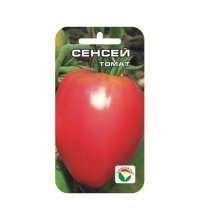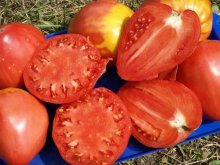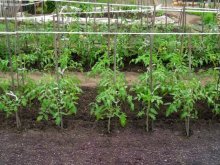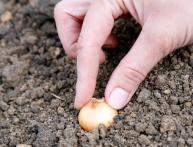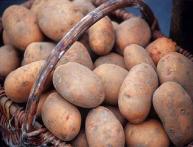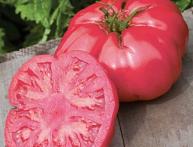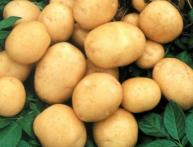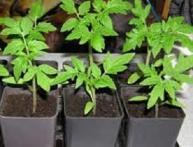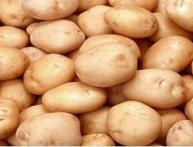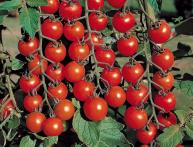Tomato Sensei - description of the variety, its features, care recommendations
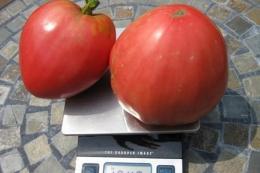
Tomatoes Sensei varieties are a product of selection. They feel comfortable in areas with low temperatures and in warm regions. These tomatoes have earned the recognition of farmers and consumers due to their taste and unpretentiousness in the growing process.
Content:
- Characteristics of tomato sensei
- Advantages and disadvantages of the variety
- Recommendations for planting and care
- Pests and diseases
- Use in cooking
Characteristics of tomato sensei
This is an early ripening variety that is characterized by high yield. It bears fruit until frost. From 1 square meter you can harvest up to 6-8 kg of fruit. The latest crop can ripen at room temperature.
Tomato Sensei, planted in open ground, barely reaches a meter in length. But if it grows in a greenhouse, it stretches to a height of up to one and a half meters. At the same time, it produces few branches and leaves, and its root system is not too extensive. Thanks to this, the bushes can be planted densely, and they will not take up much space.
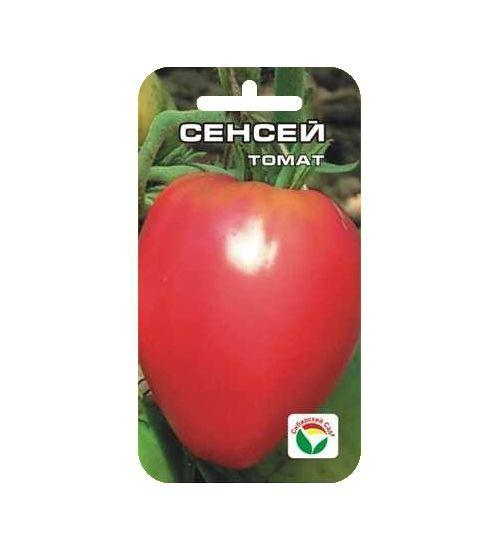
The fruits grow in clusters of 3-5 pieces. The weight of a fully formed tomato reaches 400 grams. The shape of the fruit is heart-shaped with ribbing at the base of the stalk.
The color of these vegetables is scarlet-raspberry, the taste is sweet. Their pulp is juicy, dense, sugary, with a small number of seeds.
Advantages and disadvantages of the variety
Reviews of tomato sensei are extremely laudatory. It has a number of undeniable advantages:
- The fruits of this variety of tomatoes are large and have excellent taste.
- Unpretentious in care.
- They are immune to various diseases.
- They grow well in areas with different climates.
- The harvest is of equal quality when grown in the garden and in greenhouse.
The only disadvantages that can be highlighted are the need to form bushes and carry out regular feeding.
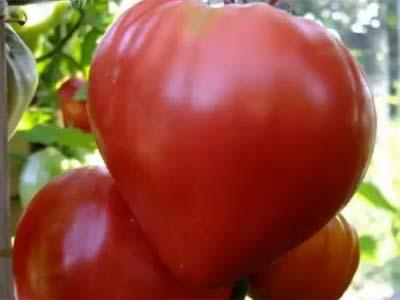
Recommendations for planting and care
Sensei tomato seeds are planted in early or mid-March, 1.5-2 months before planting the sprouts in a greenhouse or garden bed. Before sowing, the seeds are filled with a growth stimulator for 10-12 hours. There is no need to disinfect purchased seeds; this is done by the manufacturer.
Seeds extracted from fruits are treated with a solution of salt or Fitosporin.
soil You can buy seeds for seeds in the store, or you can mix them yourself from humus and turf. To make it more airy, add sand, peat or wood ash to the mixture.
For sowing, you need to take containers 10 cm deep. For these purposes, ordinary pots or peat pots are used. The seeds are placed in holes in the soil 1 cm deep, maintaining a distance of 2 cm between the seeds. After planting, the seeds are sprinkled with earth and immediately watered.
When the first shoots appear, the seedlings are transferred to the window. She needs good lighting. If there is not enough sunlight, you can add lamps. Seedlings water with a spray bottle as the soil dries. The water should be warm. Before watering, you need to let it settle.
Sprouts need to be planted when 2-3 leaves appear on them. Sprouts are planted in holes with the addition of complex fertilizer. A distance of 20 cm is maintained between bushes, and half a meter between rows. As a result, per 1 sq. m. 3-4 bushes will grow.
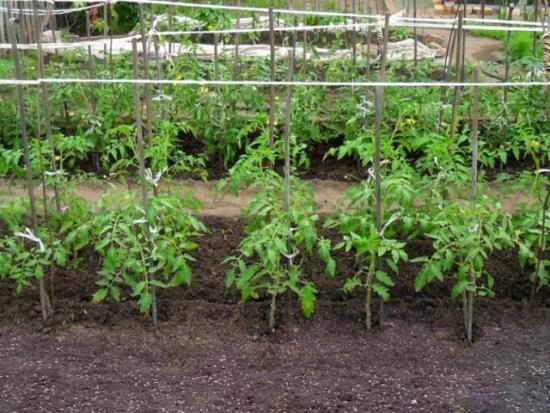
Before disembarking, you must make sure that night frost ended, and the soil was completely warmed up. You should also remember that tomatoes should not be grown in the same soil for 2 years in a row. It is necessary to leave a gap between plantings of at least three years.
Tomatoes also don’t like soil after potatoes and eggplants. In addition, the top layer of last year's soil must be removed, since the larvae of various insects and other parasites overwinter in it.
Water Bushes of these tomatoes need to be grown once a week in the morning. The water should be warm and settled. Watering is done directly under the root. You need to make sure that water does not get on the stems and leaves, otherwise they will burn in the sun.
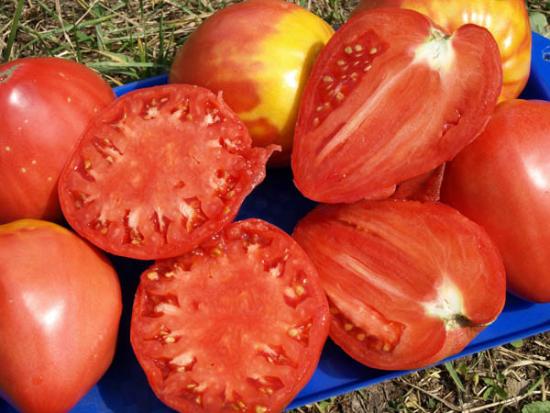
The most comfortable temperature for the sensei variety is 23-25 0C. Fertilizer feeding should be repeated 3-4 times per season. It is best to alternate fertilizers with phosphorus and potassium. Only with a responsible approach to the feeding process will the fruits turn out unusually sweet and juicy.
After the bushes are formed, it is necessary to sting the side shoots, leaving only 1 or 2 stems. When the fruits appear, heavy branches need to be tied to a support, otherwise they will break under the weight of these large tomatoes.
Pests and diseases
While growing sensei tomatoes, some problems may arise.
Diseases
Fortunately, tomatoes of this variety are immune to almost all diseases, to which representatives of the nightshade family are susceptible.
But no one is immune from diseases, so it is necessary to follow preventive measures:
- ventilation (if tomatoes grow in a greenhouse);
- regular weeding;
- spraying with antifungal drugs.
Insects
You need to regularly inspect the plants, look under the leaves.If signs of insect pests are found, it is necessary to disinfest the bushes 2-3 times.
Slugs
If, after examining the plants, they are found slugs, you need to collect them manually, and then spray the bushes with a solution of ammonia.
Use in cooking
Sensei tomatoes are incredibly tasty fresh. They are perfect for baby and diet food. Thick juice and natural tomato paste are prepared from them.
These tomatoes go well with other vegetables in salads, soups and vegetable stews.
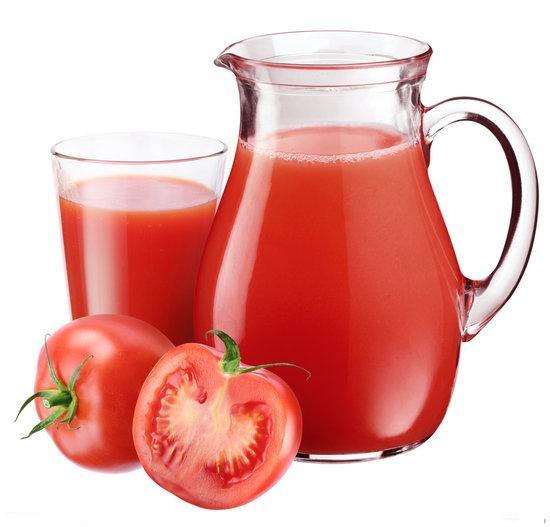
Sauces based tomatoes Sensei have a spicy taste. Homemade preparations from these tomatoes would also be a good solution.
The sensei tomato variety was developed in Siberia quite recently, but has already gained popularity throughout the country. It is easy to grow, and you can enjoy the amazing taste of these tomatoes until winter.
Let's watch a video about growing tomatoes:

